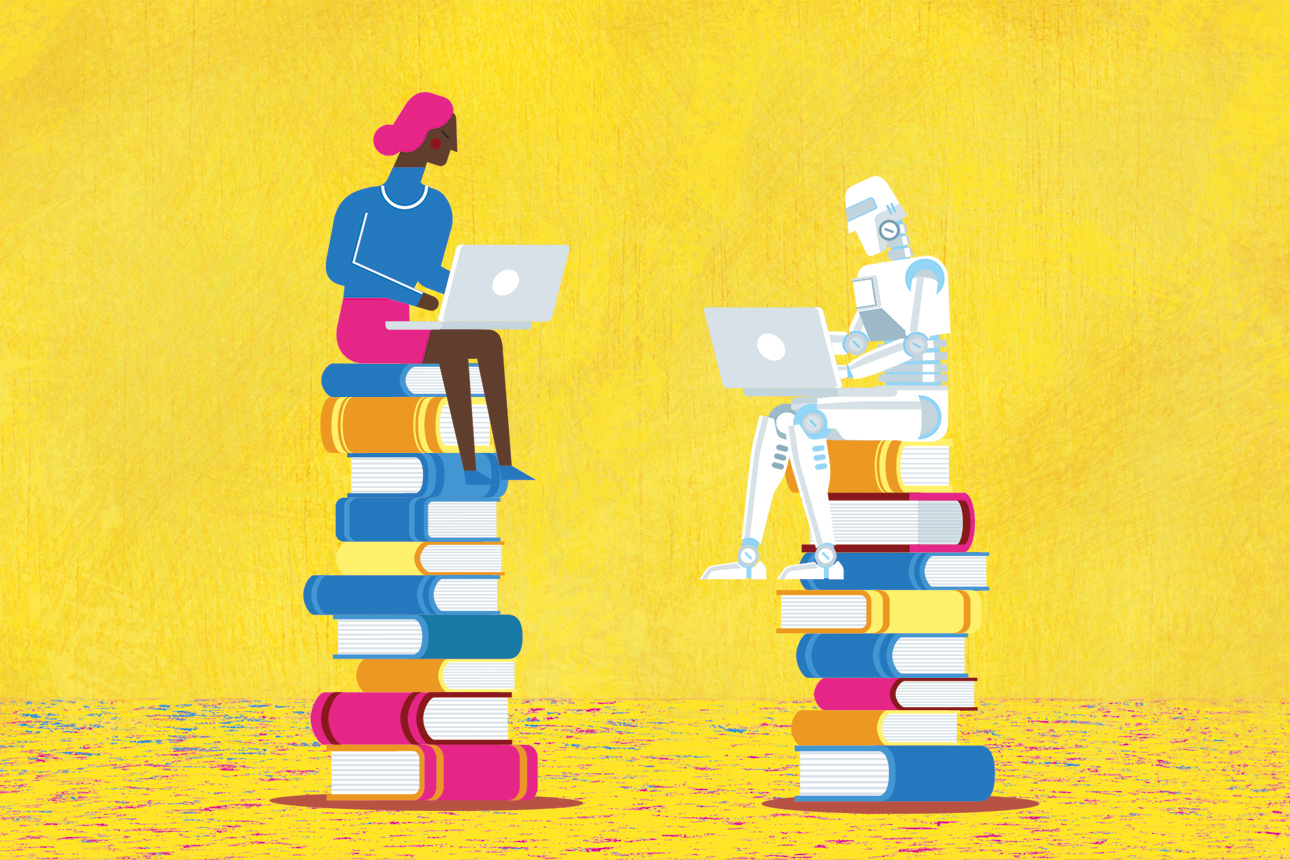A Paradox No More: Investing in Automation and People
Automation is here, but so too is a deeper appreciation for investing in learning and skills development for human workers.
Topics
The Future of Workplace Learning
Brought to you by
Skillsoft
This time, the robots really are coming.
For the first time, the majority of robots ordered last year in North America won’t be going to automotive factories. Instead, companies in the consumer goods, pharmaceutical, and biomedical industries are responsible for a significant upturn in orders.
The COVID-19 pandemic made new standards for social distancing critical, and that, in turn, has empowered companies to turn to robots. Employers across the country turbocharged their investments in technology and automation. These accelerated investments, combined with a crippling recession and mass layoffs, disproportionately affected low-wage workers, women, and underrepresented minorities.
Scientist and fiction writer Isaac Asimov once wrote, “You can’t differentiate between a robot and the very best of humans.” The fear of automation, if not robot overlords, has been a fixation of business analyses and science fiction for generations. So with U.S. employers embarking on a clearer path toward machines, it might be easy to read these developments as a dire sign for American workers. In particular, some victims of robots would seem to be investments in areas like upskilling and education. The presumption might be that building a better bot gives you more bang for your buck.
Except the opposite appears to be happening. Automation is here, but so too is a deeper appreciation for and investment in things like upskilling, learning and development, and education for all workers.
There’s a simple explanation underlying this apparent paradox.
Robots don’t program themselves. Managers are required to design and oversee processes that use technology. In most organizations, that means there’s an urgent need to upgrade talent. Robots and other forms of automation also require regular maintenance, tweaks to their performance, and other important quality-control measures that require a human touch. And managers are becoming all too aware of the implicit bias that can creep into the algorithms that undergird artificial intelligence — and the need for humans to proactively monitor for and correct it.
To be clear, automation in the form of robots, artificial intelligence, and more will take over tasks that are part of routines that are repeatable and rules-based. In many cases that will mean that automation replaces parts of jobs: According to McKinsey, by 2030, “around 15% of the global workforce, or about 400 million workers, could be displaced by automation.�




